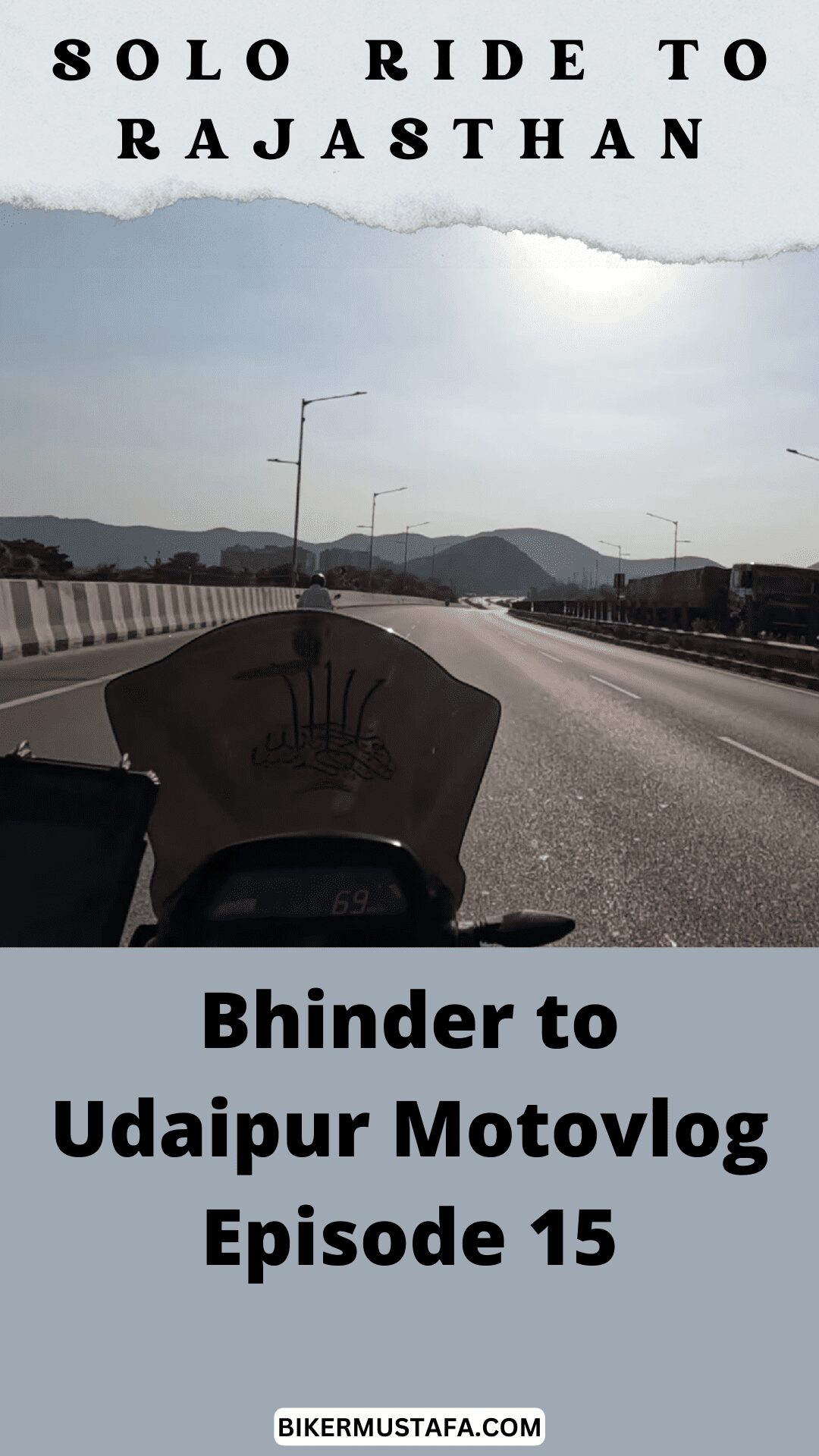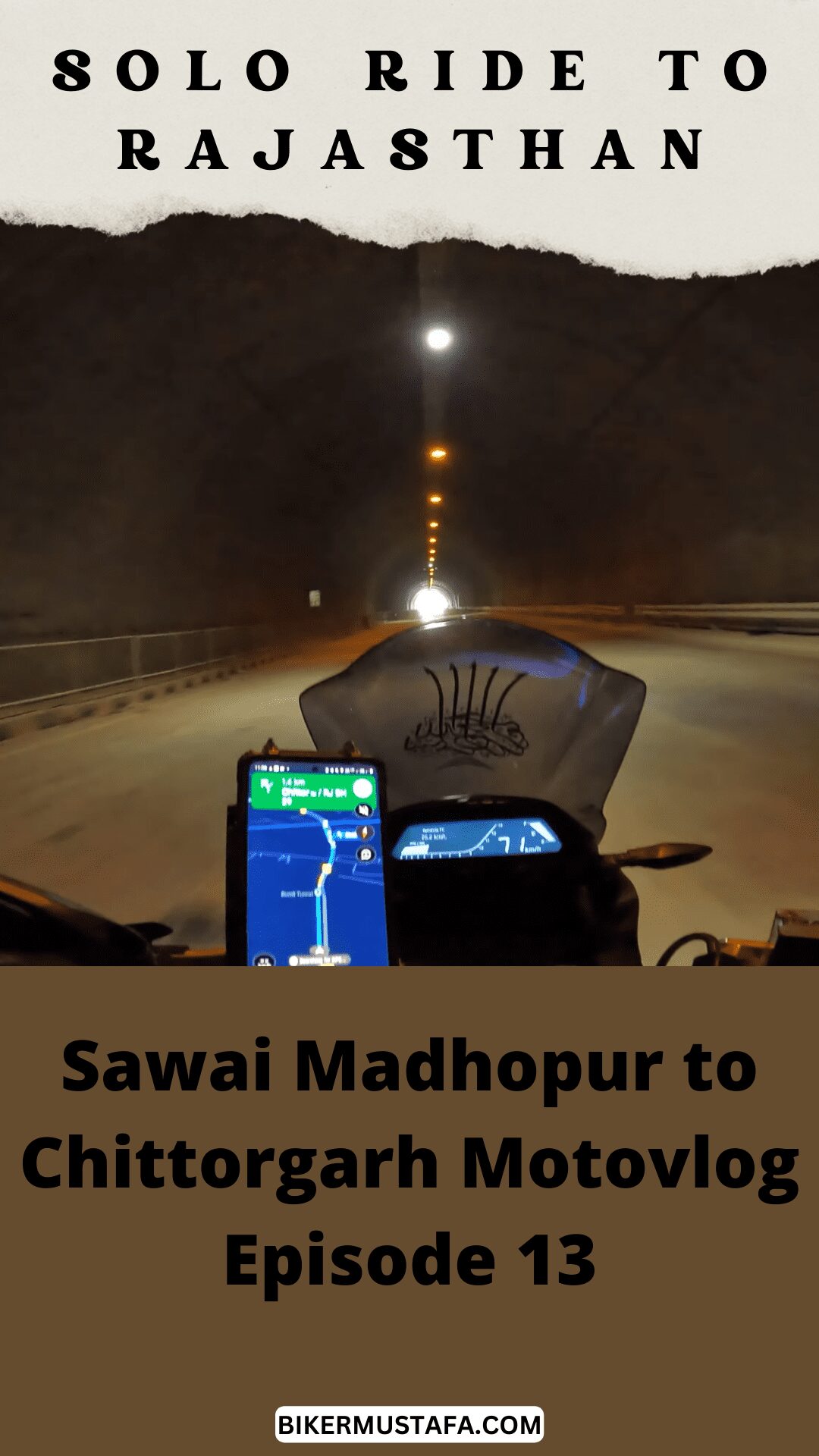South India Ride Pondicherry to Kurnool Motovlog
South India Ride Pondicherry to Kurnool on Dominar 400 UG Motovlog [S1 – Ep14]
The capital and largest city of India’s Union Territory of Puducherry is Pondicherry. The city is located in the Puducherry district on India’s southeast coast, between the Bay of Bengal and Tamil Nadu, with which it shares most of its culture, legacy, and language.
History
After the beginning of French colonialization in India, Puducherry, formerly known as Pondicherry, was renowned as “The French Riviera of the East.” Puducherry, which is primarily derived from “Poduke,” the name of the marketplace that served as the “Port town” for Roman trade in the first century, as documented in “The Periplus of the Erythraean Sea,” is the Tamil translation of the phrase “new town.” The town, also known as Vedapuri, was home to numerous bright scholars well-versed in the Vedas.
Pre-colonial and Colonial periods can roughly categorize Puducherry’s history. The Pallavas ruled the kingdom from 325 to 900 CE, followed by the Chola dynasty from 900 to 1279 CE and the Pandya Dynasty from 1279 to 1370 CE. This period is known as the Pre-Colonial period. It was governed by the Naikship of Gingee in the 14th century, which stands for the Vijayanagar Empire from 1370 to 1614 CE. The Sultan of Bijapur took control from 1614 to 1638 CE. The Portuguese and Danish traders used the location as their primary trading hub during Sultan’s reign.
Portuguese traders were the first Europeans to trade textiles in 1521, marking the colonial era’s beginning. The Dutch and Danes joined in the seventeenth century.
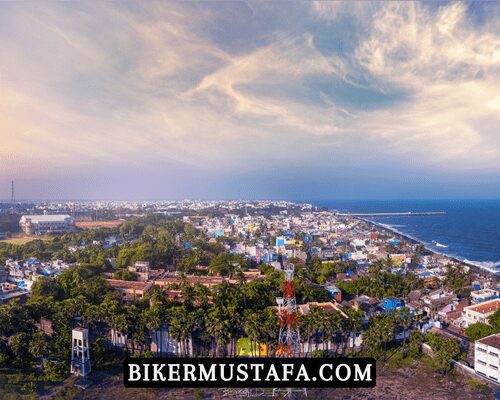
The prosperous trade of Puducherry drew the French, and Francois Martin, a French pioneer, established the town’s dominating feature in the shape of a French village in 1674 CE. The Treaty of Ryswick regained Puducherry in 1699 CE after the Dutch had taken it in 1693.
Mahe, Yanam, and Karaikal were all acquired by the French between 1720 and 1738. Following the Treaty of Paris in 1763, the British took the city from the French but later gave it back. This Anglo-French war persisted until 1814 CE, when Puducherry, Mahe, Yanam, Karaikal, and Chandernagar were under French authority, even during British rule up to 1954. After a de facto handover of sovereignty, the French finally left India’s coasts on 31 October 1954, ending their one-hundred-and-thirty-eight-year reign.
Written histories of nearby locations precede the colonial era, including Arikamedu, Ariyankuppam, Kakayanthoppe, Villianur, and Bahour, which were colonized by the French East India Company through time and later transformed into the union territory of Pondicherry.
From the third century BCE forward, the Romans traded in Poduke or Poduca, a marketplace. Arikamedu, which is currently a part of Ariyankuppam and is located approximately two miles (3.2 kilometers) from the contemporary city of Pondicherry, has been suggested as Poduca.
In the fourth century, the region was a part of the Pallava Kingdom of Kanchipuram. From the 10th to the 13th centuries, the Thanjavur Cholas controlled it until the Pandya Kingdom took over in the 13th century. The Vijayanagar Empire established dominance over nearly all southern India in the fourteenth century and held it until the Sultan of Bijapur overthrew them in 1638.
The French East India Company established a trading hub in Pondicherry in 1674, and this outpost later developed into the leading French foothold in India. Despite heavy resistance from the Dutch and the English, French governor François Martin was able to make significant changes to the city and its commercial ties.
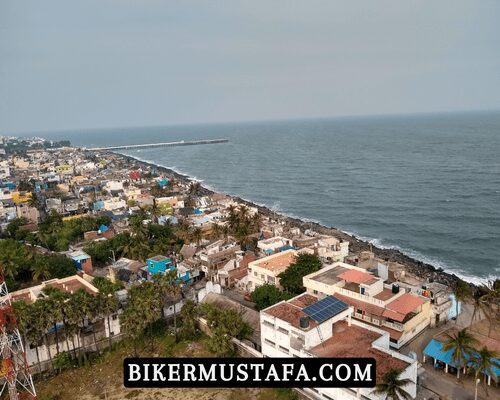
He engaged in lengthy talks with the Golconda sultans thanks to the intervention of several itinerant French merchants and physicians who were friendly with the Sultan. One of those businesses was trading jewelry and precious stones, which had become very popular in European courts. Between 1668 and 1674, five commercial posts were built along the south Indian coast. The French Quarter and the Indian Quarter were two areas of the city that were divided by a canal.
During the Nine Years’ War, on 21 August 1693, the Dutch seized Pondicherry. Laurens Pit the Younger, the governor of the Dutch Coromandel, sailed from Nagapattinam with a fleet of 17 ships and 1600 men, and they battered Pondicherry for two weeks before Francois Martin gave it up. All sides to the Ryswick Peace agreed to surrender over seized areas, and in 1699 Pondicherry was returned to the French.
Pondicherry was taken from the French by the British on 16 January 1761, although it was later returned as part of the Treaty of Paris (1763), which ended the Seven Years’ War. During the Siege of Pondicherry in 1793, during the Wars of the French Revolution, the British seized control of the region once more; they gave it back to France in 1814.
The municipalities of Pondicherry passed a series of resolutions on 18 March 1954, calling for an immediate unification with India. A few days later, Karaikal’s municipalities passed identical resolutions.
The President of the Representative Assembly and the French Indian Councillors also referred to as Ministers, backed the measures wholeheartedly. These Municipalities represent about 90% of the people who live in the French possessions, and they have urged the French government to act quickly and decisively to carry out the will of the people. The Indian government had made it plain that the citizens’ other rights, including their cultural rights, would be fully upheld. They did not demand that France’s de jure sovereignty be immediately transferred.
They recommended that until the constitutional dispute was resolved, French sovereignty should remain in force while a de facto transfer of the administration occurs. India and France would both need to amend their constitutions as appropriate. This would take time, and the public wanted the merger to happen immediately without a vote. The Indian government was confident that their proposal would advance the settlement that they so desperately needed. They would gladly negotiate with the French government on the premise outlined.
In the Pondicherry Municipal and Commune Panchayat general election on 18 October 1954, which involved 178 voters, 170 people voted in favor of the merger while eight persons abstained. On 1 November 1954, the French Indian colonies were effectively transferred from French rule to the Indian union, becoming the union region of Pondicherry. In 1956, the treaty implementing the de jure transfer was signed. The French National Assembly ratified this treaty on 16 August 1962; however, due to opposition in France.
Topography
Pondicherry’s geography is identical to that of Tamil Nadu’s coast. The typical height of Pondicherry is sea level, and the city has numerous sea inlets known as “backwaters.” Due to a barrier built in 1989, immediately south of the city, Pondicherry endures severe coastal erosion. The city is now shielded from the sea by a 2-km-long seawall that stands 8.5 m above sea level where there formerly was a wide, sandy beach. Although the French government constructed the first seawall in 1735, it was more of an addition to the ancient shipping pier and a passage from the shore to the city than a “hard construction coastal defence.”
The seawall comprises rows of granite stones that undergo yearly reinforcement to halt erosion. The seawall causes severe bottom erosion and turbulence along the coastal margin, which detrimental impacts the intertidal zone’s crucial biodiversity. The government places new boulders wherever holes develop as the stones tumble into the seafloor, which is constantly eroding. The seawall in Pondicherry has also forced beach erosion to move farther north along the coast to the fishing communities in Tamil Nadu and Puducherry.
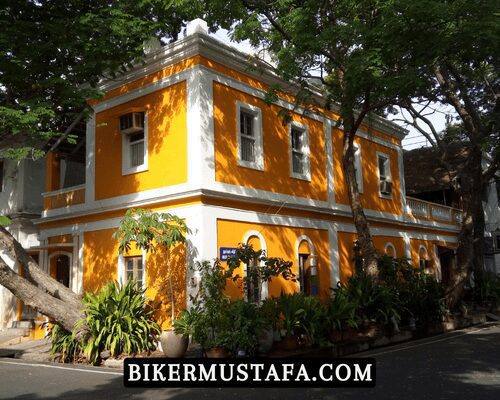
Economy
In 2012, the Ministry of Power officially launched the Puducherry Smart Grid initiative. Crops grown in the area around Pondicherry include rice, lentils, sugarcane, coconuts, and cotton. The Pondicherry State Government Employees Central Federation gave Union Home Minister Rajnath Singh a status report on Puducherry’s economic and social situation in 2016. According to the research, the Union Territory’s economy has been stifled by “a mix of massive debt, stagnant tax receipts, and endemic misappropriation of funds.” Urgent actions are recommended to “provide decent governance and combat corruption.”
Climate
Like coastal Tamil Nadu, Pondicherry’s climate is categorized by the Köppen climatic classification as tropical wet and dry (As). Maximum temperatures throughout the summer, which lasts from April to early June, can reach 41 °C (106 °F). 36 °C (97 °F) is the average maximum temperature. Minimum temperatures typically range from 28 to 32 °C (82 to 90 °F). From June through September, there is a period of high humidity and sporadic thundershowers after this.
Most of Pondicherry’s yearly rainfall falls between October and December due to the northeast monsoon, which arrives in the middle of October. It rains on an average of 1,355 millimeters (53 inches) per year. [15] Winters are pretty warm, with average highs of 30 °C (86 °F) and frequent lows of 18-20 °C (64-68 °F).
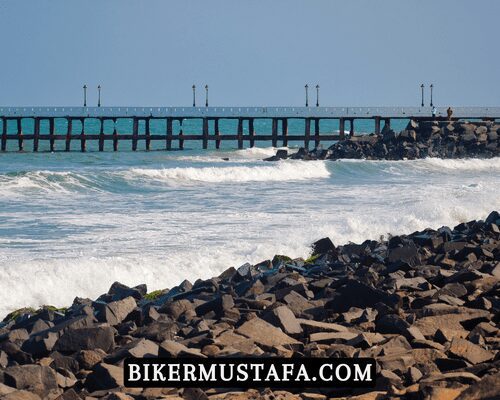
Tourism
A popular tourist location is Pondicherry. The city retains much of its colonial atmosphere thanks to its numerous colonial buildings, churches, temples, and monuments, as well as to the town planning and French-style roads in the historic district.
Although the sea is a popular destination for travelers, Pondicherry no longer possesses the sandy beaches that previously lined its coast.
North of the city, where a seawall and groyne were built, there used to be beaches that have now disappeared. Sand from Pondicherry’s Promenade Beach was allowed to vanish entirely due to excessive coastal erosion from the breakwater to the harbor and other intricate constructions built on the shore. There has been a significant accumulation of sand south of the harbor barrier, although it could be a more spacious beach and is challenging to get from the city.
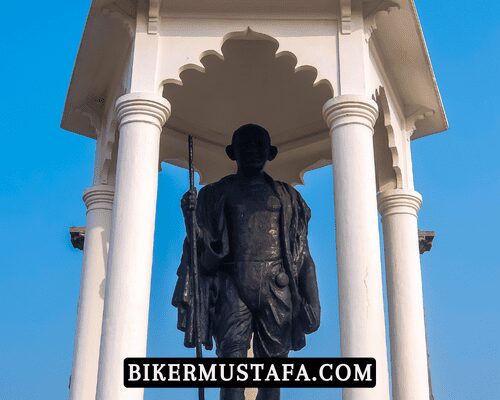
However, the government has just begun taking action by building a reef and redosing sand. Promenade Beach has a tiny area of land that leads out to the sea (Goubert Avenue). The beach has also been chosen for Blue Flag accreditation and is one of the cleanest in India.
One of the most significant ashrams in India was established by the well-known freedom fighter and spiritual philosopher Sri Aurobindo and is located on rue de la Marine. An “experimental” settlement called Auroville (City of Dawn) is situated 8 kilometers (5.0 miles) northwest of Pondicherry.
Pondicherry is home to various historic, sizable churches dating back to the 18th and 19th centuries. Around the Promenade Beach, there are several historic structures and monuments, including the Children’s Park, Dupleix Statue, Gandhi and Nehru Statues, Le Café, the French War Memorial, the 19th Century Lighthouse, Bharathi Park, the Governor’s Palace, the Romain Rolland Library, the Legislative Assembly, the Pondicherry Museum, and the French Institute of Pondicherry at Saint Louis Street.
You’ll find the Puducherry Botanical Gardens South of the New Bus Stand. Along the Cuddalore Main Road, Chunnambar Backwater Resort is about 8 kilometers (5.0 miles) from Pondicherry. A brook borders this tropical resort on one side.
Lord Ganesha is housed in the Hindu temple Arulmigu Manakula Vinayagar Devasthanam on Manakula Vinayagar Street. Before the French arrived and settled in Pondicherry, or before 1666, there existed a temple called Sri Manakula Vinayagar.
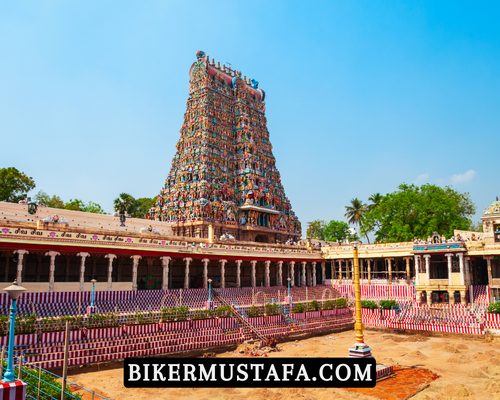
One of Pondicherry’s oldest temples, the Sengazhuneer Amman Temple, is located in Veerampattinam village, some 7 kilometers (4.3 miles) from the city center. In Puducherry and several nearby states, the mid-August vehicle festival is well-known. Since time immemorial, the event has always occurred on the fifth Friday of the Tamil month of “Aadi.” The temple car festival is the only other event when the head of state drives a temple car that dates back to the French era.
One of the historic temples is Thirukaameeswarar Temple, which is situated in the small rural community of Villianur, also known as Vilvanallur (from the Sanskrit phrase “vilva marangal niraindha Nalla vur,” which roughly translates as nice with archery trees).
Villianur is about 10 kilometers (6.2 miles) from Pondicherry (towards Villupuram). The “Big Temple” nickname for this temple is Periya Koil. Lord Shiva and Goddess Kokilambigai are the two most important deities. Other Hindu deities include 63 Naayanmaars, Murugan, Vinayagar, Thakshanamoorthy, Perumal, Bhramah, Chandikeshwarar, Natarajar, and Bhramah.
According to the temple’s founders, it has been around for at least 1000 years. One of the Chola kings is thought to have constructed it. Another feature is a sizable temple pond. At this temple, the Ther Thiruvizha (chariot procession) is observed.
People Also Ask:
Why is Pondicherry so famous?
Puducherry (formerly Pondicherry), a small Union territory in India that was a French colony until 1954, still has a uniquely French atmosphere and culture. It features a meditative atmosphere, pristine beaches, backwaters, and an incredible variety of cuisines.
Which time is best to visit Pondicherry?
The best time to visit Pondicherry city is between October and March. The typical temperatures in Pondicherry are from 15 degrees Celsius, or 59 degrees Fahrenheit, to 30 degrees Celsius, or 86 degrees Fahrenheit.
Is Pondicherry like Goa?
Goa has more beaches than Pondicherry. However, Goa’s beaches are always packed, unlike Pondicherry’s, which are occasionally less crowded. On the other hand, Pondicherry’s beaches are frequently cleaned up and offer fun activities.
Is Pondicherry Portuguese or French?
As a result, Pondicherry was taken by the Dutch in 1693 but was later ceded to the French by the Treaty of Ryswick in 1699.
Pondicherry State
Yanam and Mahé districts are bordered by Andhra Pradesh and Kerala states, while Tamil Nadu bounds the Puducherry and Karaikal districts.
Pondicherry French Colony
The French public historically established and created the French Colony, a part of the Pondicherry region. French street names reflect the French colony’s strong French influence. The French colony features a compound with imposing wall buildings in the standard, antique French colonial design. It displays the ties between French and Indian culture. The layout of the French colony is grid-based, with parallel streets at the proper angle, giving us a sense of French cities. Every area close to the French Colony contains French-style paths, homes, schools, little doors, theatres, and hotels.
Most historic homes are being renovated to become heritage homestays and hotels/restaurants. We can instantly identify the stark white and yellow walls, pink and peach bougainvillea-draped arched gates, and clean European-style streets with jazzy nightlife and bustling markets.
Pondicherry Weather
Nearly the entire year, Pondicherry has hot, humid weather. Pondicherry experiences some of its most favorable weather between December and February, which is ideal for sightseeing.
Recommended Articles:
South India Ride Bangluru to Mysore Motovlog
South India Ride Hubli to Bangaluru Motovlog
Solo Riding Ahmednagar to Pune Motovlog
Solo Riding Dongaon to Ahmednagar Motovlog
South India Ride Kanyakumari to Rameswaram on Dominar 400 UG Motovlog


